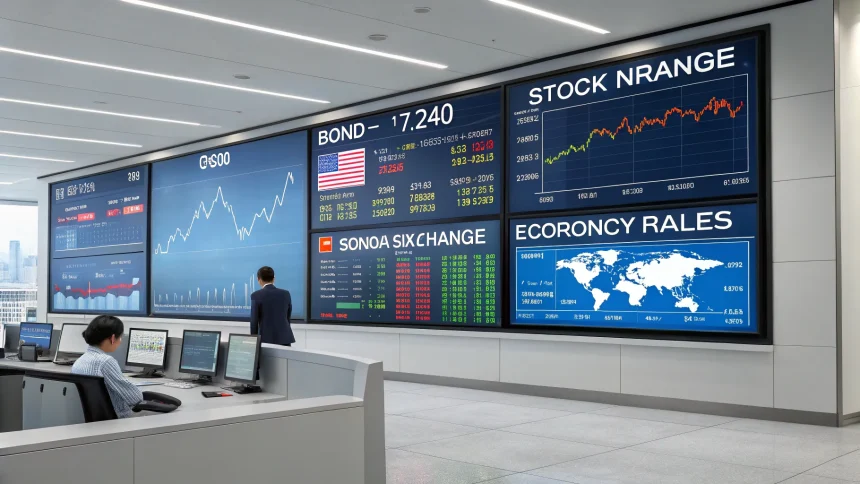Financial markets open each day with a flurry of information that can impact investment decisions. For investors looking to navigate the day’s trading activities effectively, being equipped with essential knowledge is critical before markets open.
The financial landscape changes rapidly, with pre-market developments often setting the tone for the entire trading session. These developments can range from overseas market performance to breaking economic news or corporate announcements that occurred after the previous day’s close.
Essential Morning Market Indicators
Before placing any trades, investors should check several key indicators. Futures contracts for major indices like the S&P 500, Dow Jones Industrial Average, and Nasdaq provide early signals about market direction. These pre-market indicators often reflect how U.S. markets might respond to overnight news.
International market performance also offers valuable context. Asian and European market movements can influence U.S. trading sentiment, especially when significant economic data is released in those regions.
Economic calendar events scheduled for the day deserve special attention. Data releases such as employment reports, inflation figures, or Federal Reserve announcements can trigger substantial market movements within seconds of their release.
Corporate News and Earnings
Company-specific developments frequently drive individual stock performance. Investors should review:
- Quarterly earnings reports released before market open
- Major corporate announcements or news
- Analyst upgrades or downgrades issued that morning
Earnings surprises—whether positive or negative—can cause dramatic price swings, particularly during earnings seasons. Companies often hold conference calls before market open to discuss their results, providing additional context that can affect trading decisions.
Sector and Industry Trends
Understanding which sectors are gaining momentum or facing headwinds helps investors position themselves appropriately. Technology stocks might respond differently to certain economic data than financial or energy companies.
Commodity prices, particularly oil and precious metals, can signal broader economic trends and impact related sectors. A sharp move in crude oil prices, for example, will likely affect energy stocks and potentially transportation companies.
Sector rotation—where money moves from one industry group to another—often happens at market open as institutional investors reposition based on new information.
Risk Assessment and Market Sentiment
Volatility indicators like the VIX (often called the “fear index”) provide insight into market expectations for near-term volatility. A rising VIX suggests investors anticipate increased market turbulence.
Bond yields, particularly the 10-year Treasury, reflect investor sentiment about economic growth and inflation expectations. Sudden moves in yields can trigger corresponding shifts in equity markets, especially for interest-rate sensitive sectors.
Market breadth indicators, which measure the number of advancing versus declining stocks, help investors understand whether market movements are broad-based or concentrated in a few large companies.
Monitoring these five key areas provides investors with a comprehensive morning briefing before markets open. This knowledge allows for more informed decisions about whether to execute planned trades, adjust existing positions, or hold steady during volatile conditions.
As markets become increasingly complex and information flows accelerate, this morning routine becomes even more valuable for investors seeking to maintain an edge in their trading activities.







